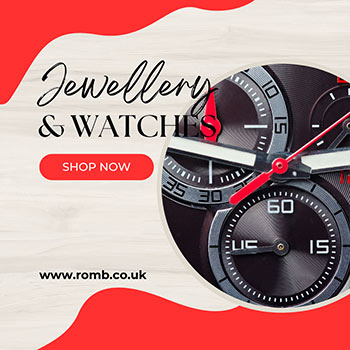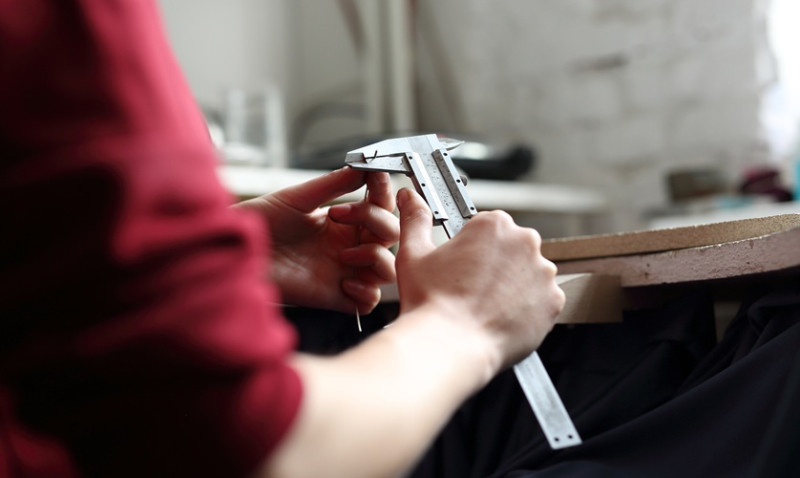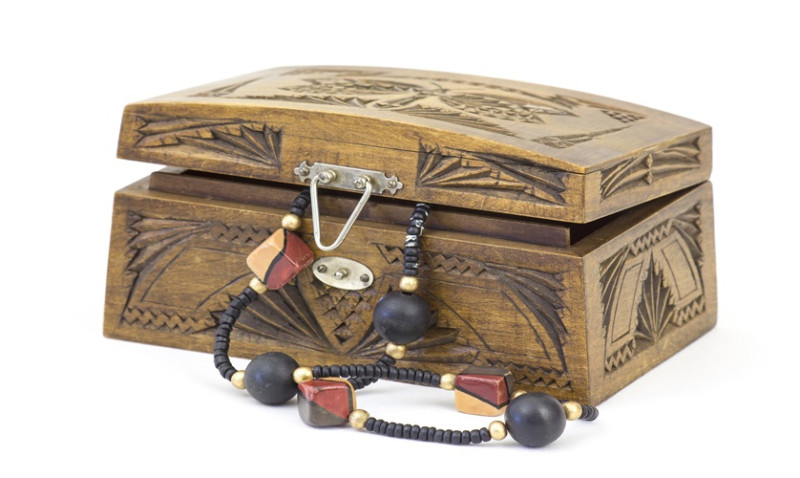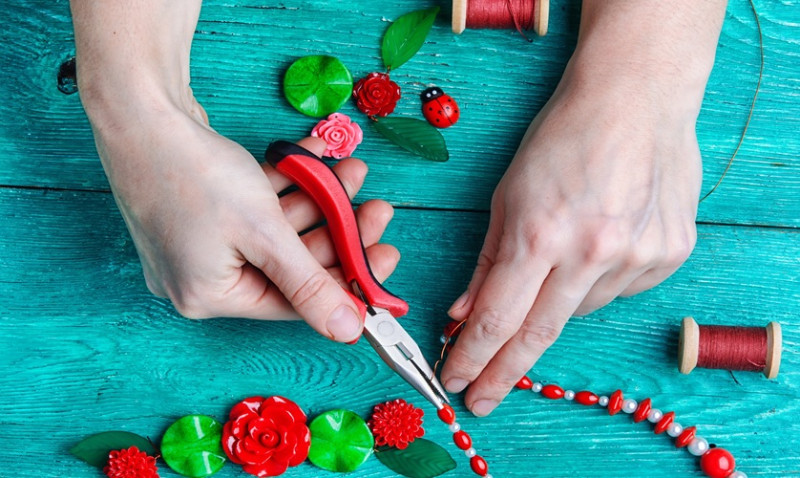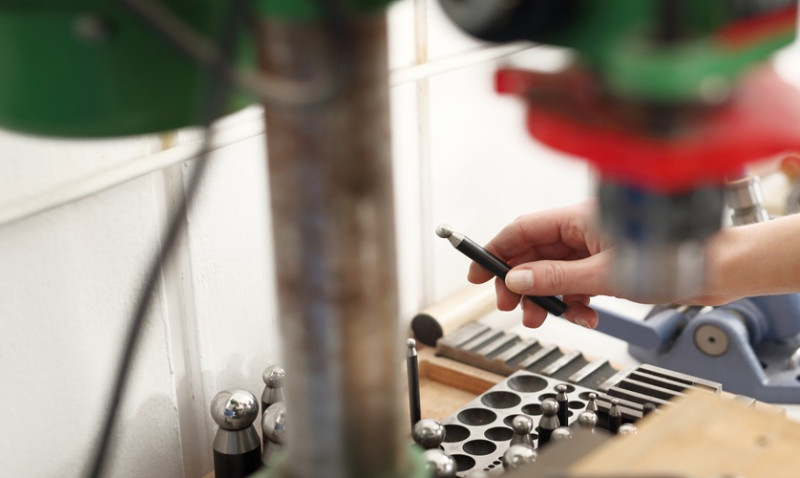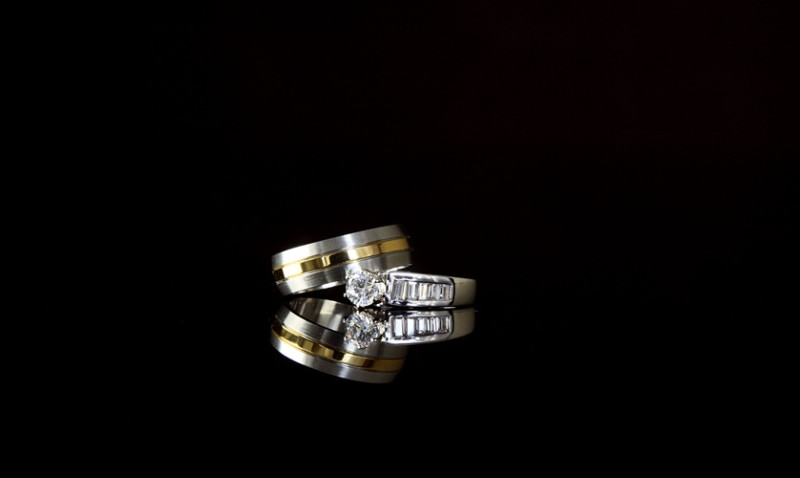
Whether you’re a DIY enthusiast experimenting with your first few handmade pieces, a professional tradesperson looking to diversify your creative skills, or an interior architect wanting to add bespoke touches to your projects – creating a profitable jewelry collection can be both an artistic expression and a smart business move. The UK market, with its appreciation for craftsmanship and bespoke luxury, offers plenty of opportunities. But it also demands strategic thinking. Here are my top 6 expert tips to guide you in building a jewelry collection that is not just beautiful – but also profitable.
1. Know Your Ideal Customer Inside Out
Before you cut your first piece of wire or select gemstones, take the time to research and understand who your ideal customer is. Are they young professionals in London who prefer minimalist, modern designs? Are they art lovers in Manchester who appreciate bold statement pieces? Or are they busy mums in Leeds looking for affordable yet stylish accessories?
Creating customer personas — fictional profiles that represent your ideal buyers — can help. Include details like age, gender, occupation, income level, lifestyle, hobbies and shopping preferences.
This step will ensure that you design jewelry pieces that resonate with your audience’s tastes and needs, which increases the likelihood of sales. For example, a customer who values sustainability might be attracted to silver or ethically sourced gemstones, while a young professional might seek versatile pieces they can wear from office to evening.
Keep in mind that style preferences can vary by region in the UK. Londoners might lean toward cutting-edge fashion, while customers in more rural areas may prefer traditional, rustic aesthetics. Conduct regular surveys or polls on social media to gather insights and stay updated on your audience.
Make it a point to revisit these personas regularly, especially as your brand grows or your collection expands into new customer segments.
2. Choose a Signature Style to Stand Out
The British jewelry market is vibrant, and to succeed, your collection needs to stand out. A signature style helps build brand identity and makes your work instantly recognisable. This could be a specific design element (e.g., hammered textures), material (e.g., copper or seaglass from the British coast), or theme (e.g., Art Deco, boho, minimalist).
For example, if you are a DIY enthusiast working from Kent, creating a coastal-inspired jewelry line could connect your environment to your art. Similarly, an interior designer might develop geometric, architecture-inspired designs that echo structural forms seen in their work with homes.
Developing a consistent visual language helps build trust. Customers know what to expect and return to you for that unique style they can’t find elsewhere. Use consistent materials, shapes, finishes, and packaging to strengthen your identity.
If you’re not sure yet what your aesthetic is, experiment with a few small capsule collections. Test them on platforms like Etsy or Not On The High Street and assess which ones generate the most attention and sales.
3. Source Quality Materials (But Keep Margins in Mind)
The quality of your materials contributes directly to the perceived value of your work — and ultimately your pricing power. Whether you’re working with sterling silver, polymer clay, wood, brass, or gold vermeil, sourcing reliable, high-quality supplies is crucial.
Sticking to UK-based suppliers can help you maintain consistency and reliability. It’s often worth building relationships with local gemstone suppliers, metal casters, and packaging manufacturers. This doesn’t just help quality control — customers are increasingly prioritising locally made goods, and provenance can be a selling point.
However, profitability requires maintaining healthy margins. Don’t fall into the trap of investing too much in expensive materials without validating how much your customer is willing to pay. Always work backwards from your intended retail price, using this simple formula:
| Cost Element | Description |
|---|---|
| Cost of Materials | Gemstones, metals, chains, packaging |
| Cost of Labour | Hourly rate for design and production |
| Overheads | Studio space, electricity, tools, subscriptions |
| Markup | Typically 2.5x to 3x total cost for retail |
Stay creative with sourcing too. Recycled metals, reclaimed materials, or off-cuts from local artisans can be both cost-effective and story-rich components for your pieces.
4. Keep Your Collection Focused and Cohesive
It might be tempting to design dozens of different pieces right out of the gate, but less is often more — especially when building a brand. A focused, cohesive collection creates intrigue and encourages buyers to explore multiple pieces that complement one another.
A profitable collection could begin with as few as 8–12 pieces centered around a central theme, colour scheme, or material set. For example, a Greenstone Collection that includes earrings, rings, pendants and cuffs all adorned with green-hued stones and finished in matte gold.
This approach makes your collection feel curated and intentional — two qualities that appeal to buyers of handmade jewelry. It also simplifies production since you’re working with repeating processes and materials. That means faster turnaround time, less inventory chaos, and smoother scaling of your business.
You’ll also find it easier to market a collection with a clear message: “Inspired by Victorian architecture,” “Handcrafted using sea-tumbled glass,” or “Luxury jewelry for modern professionals.” Keep these storylines front and centre across your online shop and social media.
5. Price Strategically for Profit and Perception
Pricing can feel intimidating — especially when you’re starting out — but it’s where most small jewelry businesses either soar or struggle. Underpricing is just as damaging as overpricing. Remember: customers buy based on perceived value, not just material cost.
Your pricing should reflect material quality, craftsmanship, and brand positioning. Here’s a good starting point for pricing artisan jewelry in the UK:
- Entry-Level Range (£15–£50): Simple pieces or fashion jewelry aimed at impulse buyers, limited materials
- Mid-Range (£50–£150): Higher-end finish, semi-precious stones, made-to-order or small-batch pieces
- Premium (£150+): Luxury items, precious metals, gemstones, and bespoke design services
When planning prices, don’t forget platform fees (Etsy, Shopify, craft fairs), transaction charges, your time, and packaging. Always round up to avoid undervaluing your work. If your pricing feels high, build in added value: elegant gift wrap, a cleaning cloth, or a behind-the-scenes note on your artisan process.
Ultimately, your target audience in the UK is sophisticated — they appreciate well-crafted pieces and are willing to pay for originality, sustainability, and craftsmanship.
6. Leverage Online and Offline Sales Channels
To make your jewelry collection financially sustainable, diversify where and how you sell. In the UK, a strong online presence is essential — especially post-pandemic — but don’t underestimate the impact of selling face-to-face or through third parties.
Online Channels:
- Etsy UK – Great for handmade items, with an existing customer base searching for creative pieces
- Shopify – For a standalone online store under your brand where you control presentation and data
- Instagram & TikTok – Excellent platforms for engaging visual storytelling and reaching design-savvy young professionals
Offline Channels:
- Craft & Artisan Markets – Locations like Camden Market, Jubilee Market (Covent Garden), and seasonal fairs across the UK bring high footfall
- Stockists & Boutiques – Partner with independent lifestyle or fashion stores that align with your brand
- Interior Designers & Architects – Offer exclusive commissions or display pieces that complement their in-home styling services
Blending online visibility with tactile, real-world experiences can build a loyal fan base faster by connecting emotionally with your buyers. After all, jewelry isn’t just something people wear — it’s something they feel.
Final Thoughts
Creating a profitable jewelry collection in the UK takes more than creative flair. It involves strategic planning, branding, pricing, and immersing yourself in your customers’ world. Whether you're starting from your Leeds garage or designing collections between architectural projects in Brighton, remember that your story, your style, and your attention to detail are your biggest assets.
Stay consistent, track your numbers, and never stop tapping into what your customers love. It’s not just about selling a product — it’s about offering artistry, identity, and charm in every piece.
